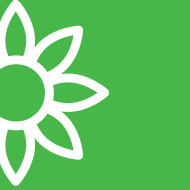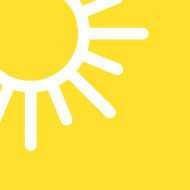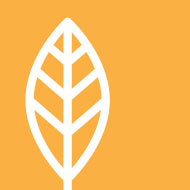Active Seasons




Cellar Spider Appearance and Size Facts
The cellar spider, otherwise known as the “daddy longlegs,” is a species of spider known for its long legs and wide webs. These spiders are most commonly found in dark and damp places like cellars and basements. Cellar spiders are often found indoors, so it is common to find them in your home.
The cellar spider has various key characteristics that make it easily identifiable. Here are just a few:
- Gray to light brown
- Thin frame and fragile bodies
- 1 to 1.5 inches in length and 2 inches when fully extended
- Mostly long-legged but can be short-legged
Identifying Cellar Spiders From Other Spiders
Identifying cellar spiders from other spider species can be difficult, as they share certain traits with other species. However, there are some key characteristics that can help you distinguish cellar spiders from others. These key characteristics include their long legs, size, web structure, hanging upside down, and predatory behavior towards other spiders.
If you are struggling to determine if cellar spiders are infesting your home, turn to the experts at Hulett Environmental. Schedule a free inspection to determine what type of pest you are dealing with, and then we can make sure to get rid of it.
We service cellar spiders in the following locations and their surrounding areas:

Behavior and Habitat of Cellar Spiders
When cellar spiders are threatened by a touch to the web or when too large of prey becomes entangled, it vibrates rapidly in a gyrating motion in its web and becomes blurred and almost invisible. For this reason it has sometimes been called a “vibrating spider.” Doing so might make it difficult for a predator to see exactly where the spider is, or may increase the chances of capturing insects that have just brushed their web and are still hovering nearby. If the spider continues to be harassed, it will retreat into a corner or drop from its web.
Cellar spiders are web-weaving spiders and are distributed worldwide. They hang inverted in messy, irregular, tangled webs. These webs are constructed in dark and damp recesses, in caves, under rocks and loose bark, abandoned mammal burrows, and undisturbed areas in buildings and cellars (hence the common name “cellar spiders”).

Signs of Infestation of Cellar Spiders
Cellar spiders are predators and feed primarily on other small insects and spiders. They use their webs to trap prey, and their long legs help them wrap and immobilize their prey. They are also known for their unique web-building behavior, creating irregular webs that are often found in dark and undisturbed corners. They are not known for wandering and chasing prey. Instead, they hang from their webs motionless waiting for their prey to arrive. Fortunately, despite their frightening appearance, cellar spiders are generally not a threat to humans, other than disturbing your peace of mind.

Tips for Prevention of Cellar Spiders
While it can be a bit tricky, there are plenty of ways to prevent cellar spiders from entering your home, such as sealing entry points, cleaning and dusting regularly, screening vents and openings, removing any webs you find, preventing the presence of other insects, and keeping things tidy and clutter-free. These pest prevention steps are also helpful for preventing the entry of other common household pests.
Getting Rid of Cellar Spiders
General pest prevention practices can help keep many cellar spiders away, but professional spider control can help when these steps aren’t enough. Pest professionals can help you eliminate a thriving spider infestation and regularly spray for bugs and spiders to help keep them away. Pest control and prevention experts can also help you identify how pests might be entering your home, and help you seal those points of entry.
Effective Cellar Spider Control Solutions
If you are struggling with a cellar spider infestation, you can count on Hulett Environmental to eliminate your problem. We offer a free initial inspection to help you find the source of your infestation, followed by various pest control options to get rid of it. We have green, pet-friendly pest control so you can say goodbye to pests and hello to a clean, healthy home.
Schedule your free inspection today or call our team for more information on how Hulett can remove your pests and return your home to the pest-free space you know and love!



